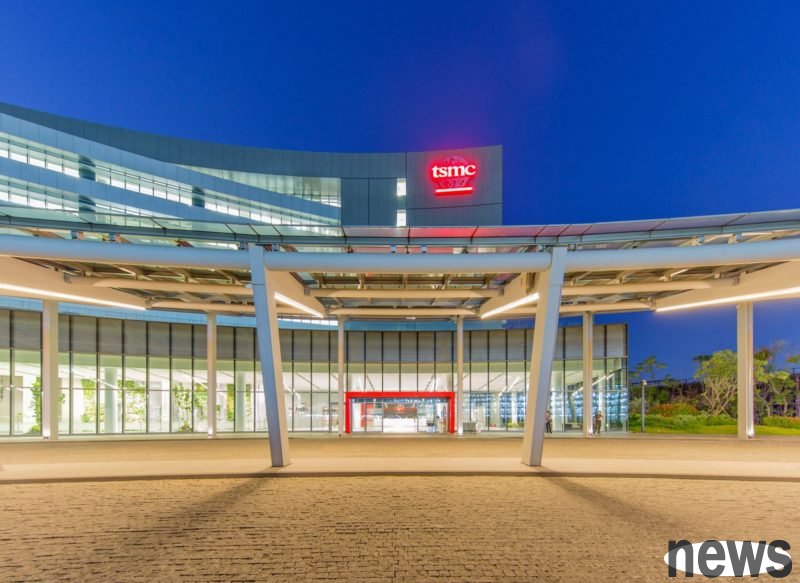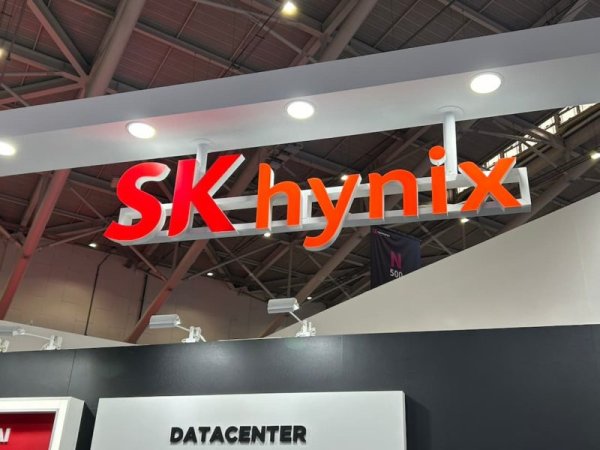Taiwan Electric s advanced packaging manufacturer Ansys simulates more than 10,000 pieces of a year, hoping to improve performance by 99.99%

Taiwan Electric's advanced packaging department has recently launched in-depth cooperation with engineering simulation software provider Ansys, research system organization adjustment and performance optimization, with the goal of increasing customer satisfaction from the current 96.8% to the "99.99%" pursued by Taiwan. Department director pointed out that 20 years ago, it was impossible to imagine the progress of packaging and simulation technology today. Now engineers can simulate and verify in a more intuitive and easy-to-use environment, which is important for improving development efficiency and innovation capabilities.
Wen Zhang, manager of Taiwan Electric Power Project, said during a theme lecture at the Ansys Taiwan Simulation World 2025 Taiwan User Technology Conference that the development of modern AI and high-performance computing (HPC) does not involve advanced packaging technology, especially chip intermediary (Interposer) and 3DIC. Compared with traditional single wafers or multi-wafers connected through substrates, advanced packaging can integrate logical wafers and memory wafers in a more flexible way, and introduce solutions such as microflower cooling, so that packaging is no longer limited to electronic devices, but can also integrate multi-components such as optical and electrical components. However, as the system becomes increasingly complex, the risks and challenges of packaging design and verification are also increasing simultaneously.
The quotation chapter points out that TEK emphasizes the three major elements of "Inspire), installation (Equip), and energy utilization (Empower) in simulated environments. Simulation is not only about obtaining calculation results, but also enables engineers to think about different design possibilities and verify their ideas in advance without waiting for physical experiments. With the variety of packaging sizes and structural trends, traditional development methods that only enlarge the packaging size are no longer suitable. Engineers must face complex shapes and more detailed structural features, and the processing area can reach 100mm×100mm, while detailed dimensions may shrink to micron level, which puts higher requirements on simulation performance.
According to the statistics, the department completed more than 10,000 simulated projects in 2024 and conducted in-depth research on hardware configuration. It was found in performance and cost assessments of different CPU and GPU groups that a single GPU configuration based on software recommended doubles the cost by about three times. In comparison, the number of CPU cores that are expanded to eight times can increase performance by 5.6 times, and the cost is only two times, so CPU solutions are still the main focus.
The quotation chapter points out that the hardware adjustment metaphor is used to optimize the driving mode of the vehicle. Through the BIOS settings and system parameters, the performance can be increased by 26% without changing the software version; and then the system scheduling optimization of the cooperative industry can increase the overall performance by 60%. The supervisor emphasized that this is a distinctly additional value and is the result of the engineering team's investment time and experience.
However, performance improvement is still limited by bottlenecks such as computing, IO and communication. The test shows that as the number of CPU cores increases, CPU utilization will gradually decline; after the number of days increases to five times, the performance of the decentralized file system has decreased by nearly 10%; while the width utilization of day communication is relatively low, indicating that there is still room for optimization. Currently, the department uses third-party monitoring tools to collect performance data and then conduct technical communication with Ansys. However, the supervisor pointed out that if real-time monitoring tools can be built into the software, it can significantly speed up problem diagnosis and adjustment efficiency just like the F1 racing team's real-time schooling car, and avoid relying on external quantity measurements and delayed return.
In terms of GPU applications, although CPU solutions are mainly used in the current stage, with rapid progress in GPU technology, the department hopes to convert to GPUs in the future with acceptable price-to-price ratios to further improve analog efficiency. At the end of the poem, Telco and Ansys will continue to maintain close cooperation to promote system bottlenecks, monitoring tools and hardware optimization. The goal is to achieve the best balance in efficiency, cost and stability, and promote advanced packaging technology to a higher level.




